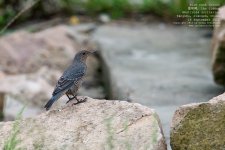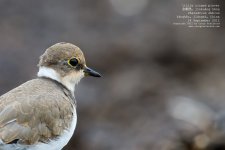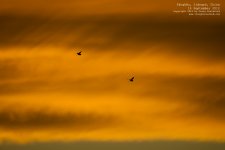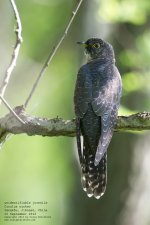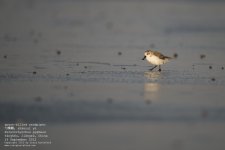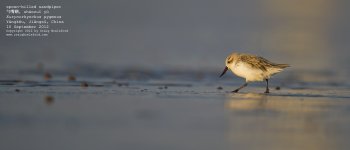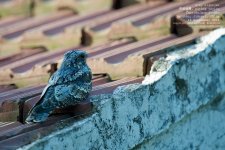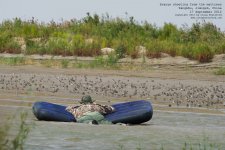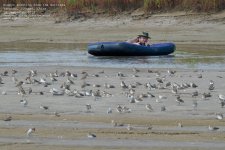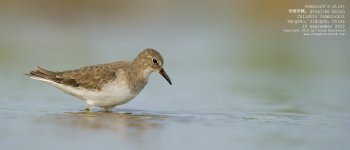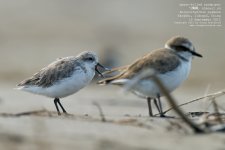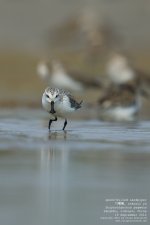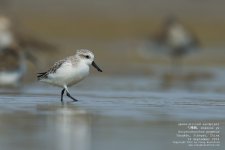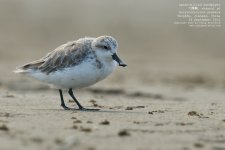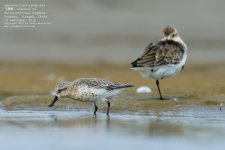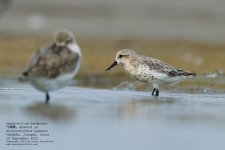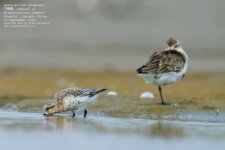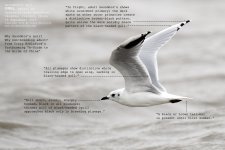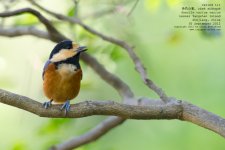thrush
Craig Brelsford (大山雀)
"Now is the time for greatness."
That's my motto as I struggle on here in China.
When I was just 30, I still didn't know what 20 years felt like. When I hit 40, I knew what 20 years felt like. With enough of a stimulus (diary entries, photographs), I could remember every single one of the previous 7,305 days. And so could you.
And I'm sure you'll agree, 20 years goes fast.
At 40, I decided that I wanted to make the next 20 years count. Having ended up in China, I decided that here I would do something extraordinary.
I decided to do three very difficult things:
1. Learn how to speak Chinese.
2. Learn Chinese birds.
3. Become an expert photographer.
Nearly five years later, I have become a fluent Chinese speaker; I have learned photography inside and out; and my knowledge of Chinese birds keeps increasing. See my Web site, www.craigbrelsford.com, for an indication of my progress.
Now, I am tying together my new skills, plus my old writing skill (I was a journalist for many years in the United States). I'm doing a major project, a photographic guidebook to the birds of China. I am doing all of the writing and taking most of the photographs. I've photographed about 500 Chinese species, more than a third of the approximately 1,360 species in China.
The guidebook is a personal project, first and foremost. I would do my guidebook even if the market were saturated. But I don't think the market is saturated.
I want to stand in the long and honorable tradition of great Western ornithologists in China, from Swinhoe and Père David down to the present day. Birding started in the English-speaking world; its spread to China will be crucial, if the wanton destruction of the environment here is to be stopped.
Indeed, the time for greatness is now.
That's my intro. I'm going to use this thread to update you on my progress as a birder in China.
That's my motto as I struggle on here in China.
When I was just 30, I still didn't know what 20 years felt like. When I hit 40, I knew what 20 years felt like. With enough of a stimulus (diary entries, photographs), I could remember every single one of the previous 7,305 days. And so could you.
And I'm sure you'll agree, 20 years goes fast.
At 40, I decided that I wanted to make the next 20 years count. Having ended up in China, I decided that here I would do something extraordinary.
I decided to do three very difficult things:
1. Learn how to speak Chinese.
2. Learn Chinese birds.
3. Become an expert photographer.
Nearly five years later, I have become a fluent Chinese speaker; I have learned photography inside and out; and my knowledge of Chinese birds keeps increasing. See my Web site, www.craigbrelsford.com, for an indication of my progress.
Now, I am tying together my new skills, plus my old writing skill (I was a journalist for many years in the United States). I'm doing a major project, a photographic guidebook to the birds of China. I am doing all of the writing and taking most of the photographs. I've photographed about 500 Chinese species, more than a third of the approximately 1,360 species in China.
The guidebook is a personal project, first and foremost. I would do my guidebook even if the market were saturated. But I don't think the market is saturated.
I want to stand in the long and honorable tradition of great Western ornithologists in China, from Swinhoe and Père David down to the present day. Birding started in the English-speaking world; its spread to China will be crucial, if the wanton destruction of the environment here is to be stopped.
Indeed, the time for greatness is now.
That's my intro. I'm going to use this thread to update you on my progress as a birder in China.




